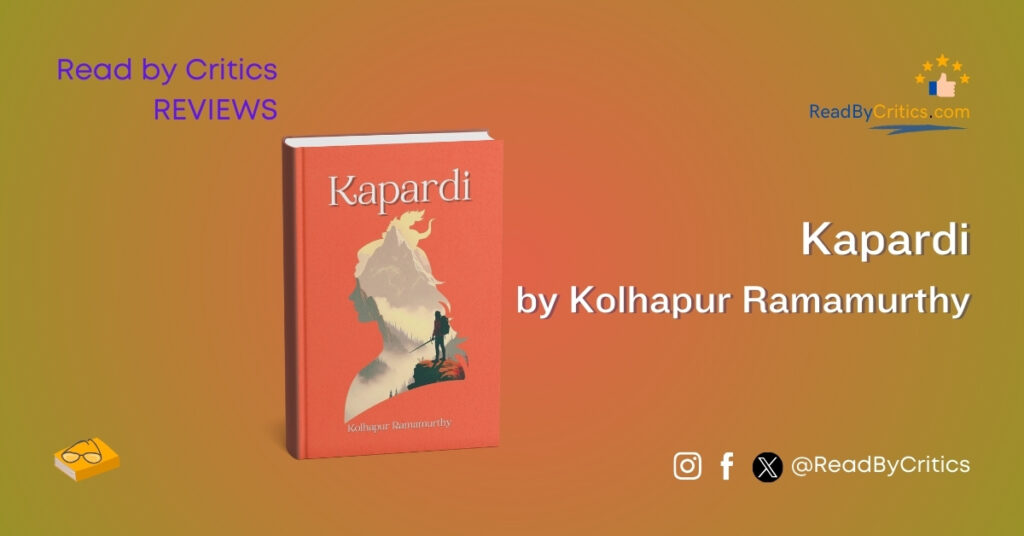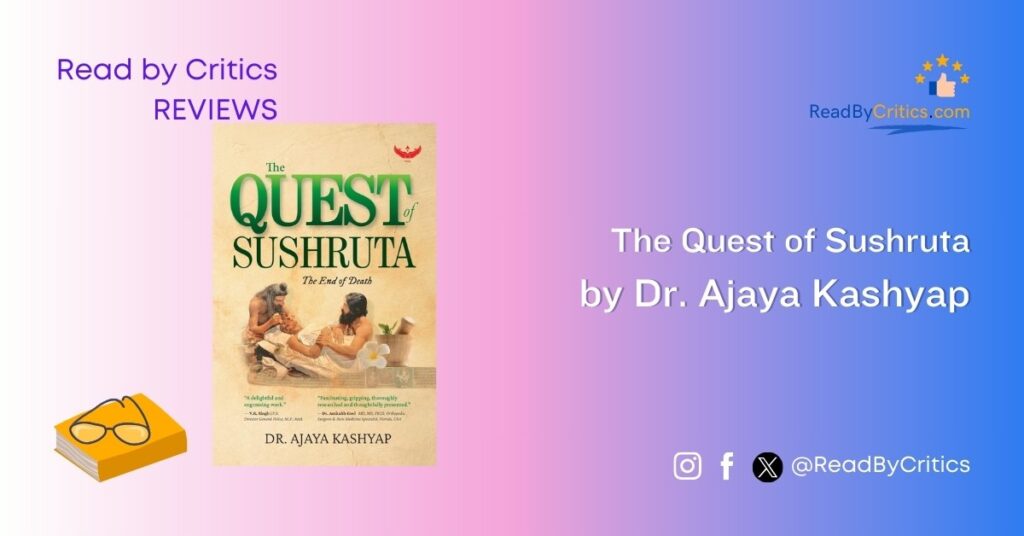I was waiting to call it this way for a few weeks, waiting for something that suits my search. And I found it, finally. For readers who crave literature that defies conventional storytelling, Sukriti’s Bride’s Guide to Shopping in India: A Tragedy is a revelation! Let me begin by putting it this way – this novel is not just a narrative—it is an experience, a sensory journey through the labyrinth of India’s bridal fashion industry, where every thread, every negotiation, and every ethical dilemma is woven into a larger, more profound commentary on art, labour, and human dignity. It might sound too much to begin with, but the book gives you all the necessary reasons to believe so. You will find out once you start reading.
Another highlight to add in the very beginning is the story’s structure. Experimental in its structure and ambitious in its scope, the book refuses to be confined to a single genre. It is part travelogue, part social critique, and part introspective character study, all while maintaining the pace and tension of a well-crafted drama. The brilliance of Sukriti’s work lies in how seamlessly she blends these elements, creating a narrative that is as intellectually stimulating as it is emotionally resonant.
At its surface, the novel follows Mihika, a young and ambitious fashion designer, as she and her team—comprising the pragmatic Bodhi, the vivacious Sharvani, and the quietly talented Khaliq—embark on a cross-country journey to source materials for a high-profile celebrity wedding. The premise is straightforward, but the execution is anything but. What begins as a quest for the perfect fabrics—Patola silks in Patan, Kalamkari dyes in Tirupati, Jamdani muslin in Dhaka—slowly morphs into something far more profound. The further they travel from metropolitan glamour, the closer they come to uncomfortable truths about the industry they serve. Sukriti masterfully builds suspense not through traditional plot twists but through gradual realisations—moments where the characters, and by extension the readers, are forced to confront the moral cost of beauty. The conclusion, which I will not spoil here, is both surprising and inevitable, a resounding mirror to the words I put up, highlighting the author’s ability to balance unpredictability with narrative cohesion.
What makes this novel truly exceptional is its implicit broader theme: the idea that the search for the “perfect dress” is, in reality, a search for the soul of an industry that has long prioritised profit over people. The team’s travels to remote villages and bustling markets serve as a metaphor for peeling back layers of an exploitative system. In Patan, they meet Suresh bhai, a Patola weaver whose family has preserved an ancient craft for generations, only to be paid a pittance for their labour. In Tirupati, Venkat, a Kalamkari artist, speaks of mythology and tradition while struggling to make ends meet. These encounters are not just pit stops in a sourcing mission; they are confrontations with a reality that the fashion world often obscures. Sukriti does not preach or polemicise. Instead, she lets these moments speak for themselves, allowing readers to draw their conclusions about complicity, privilege, and the possibility of change.
The characters are the beating heart of this narrative, each meticulously crafted to serve the story’s demands. Mihika, the protagonist, is a fascinating study in contradictions—talented yet uncertain, ambitious yet increasingly disillusioned. Her journey is not one of dramatic epiphanies but of quiet, cumulative awakenings. Early in the novel, she is laser-focused on winning the competition, but as she interacts with artisans and witnesses their struggles, her priorities subtly shift. There is a particularly poignant moment in Dhaka, where she watches Saumya’s family weave muslin so delicate it feels like air, yet so undervalued it barely sustains them. Mihika’s silent reaction—a mix of awe and guilt—captures her internal conflict without a word of dialogue.
Bodhi, her steadfast collaborator, is the novel’s moral compass, though refreshingly, he is never sanctimonious. His calm demeanour and sharp observations provide balance to Mihika’s occasional impulsiveness. His sketches, which capture not just designs but the stories behind them, symbolise the novel’s central thesis: that fashion is meaningless without the humanity that creates it. Sharvani, with her fiery spirit and unfiltered honesty, adds much-needed levity and perspective. Her choice of an orange silk lehenga in Chandni Chowk, dismissed by some as “gaudy,” becomes a quiet act of rebellion against elitist aesthetics. Even Khaliq, the reserved tailor’s son, evolves from a background figure into someone whose silent resilience speaks volumes about caste and class barriers in the industry.
Sukriti’s social commentary is razor-sharp but never explicit enough… as if prioritising sermons over storytelling. She exposes the hypocrisy of an industry that celebrates “handmade” and “artisanal” as marketing buzzwords while underpaying the very hands that create these luxuries. The scenes in Jaipur’s Gem Palace, where the team admires jadau jewellery worth lakhs while artisans elsewhere struggle for basic wages, are particularly damning. The novel also critiques the performative allyship of celebrity culture—Kriti Suri’s wedding, with its themed events and Instagrammable moments, is a stark contrast to the quiet dignity of the craftspeople who make it possible. Yet, Sukriti avoids reducing these issues to simple binaries. There are no outright villains here, only systemic failures that ensnare everyone, from designers to clients to artisans.
If the book has limitations, they lie in its occasional pacing imbalances. Some transitions between cities feel abrupt, leaving readers craving deeper immersion in certain locales. Additionally, while the artisans are vividly portrayed, a few of them border on archetypes—the wise weaver, the struggling dyer—and could have benefited from more individualised backstories. Pushpaben, the guardian of Patola traditions, is especially enigmatic; her silence is powerful, but her perspective feels underexplored.
Though these limitations may seldom be noticed by readers who enjoy reading experimental and contemporary fiction, these factors do not hinder the storytelling at all. Readers should enjoy what they read. Getting along with characters and tension inside and outside them might not give many readers moments of critical introspection on the craft… even if it arises, it may only be bound by the thematic and subjective concerns rather than detached and objective pondering over the narrative. Considering these elements, Bride’s Guide to Shopping in India: A Tragedy secures a win with readers. If you like reading fiction on sensitive issues yet want to enjoy the story, this one is for you! You can get a copy from Amazon India by clicking the link below:
Review by Chitra for The Last Critic
Thanks for reading!
..__//\\__..
Bride's Guide to Shopping in India: A Tragedy by Sukriti – Book Review
-
Critical Rating
Summary
Beginning with aspiration, developing with competition, setting with realisations… the novel has many elements that make a story engaging. Readable? Oh Yes!




